If you’re purchasing a house (or already have) this spring or summer, then you’re not alone! Spring and summer are the busiest home-buying seasons and, with my #CincinnatiToMiami move, I’m right there with you. There’s so much that goes into buying a house that it’s super easy to forget all things that have to happen after the papers are signed and the keys are cut. From the interior design perspective, there’s a handful of key things to do after you buy a house. So I’m going to walk through them with you, and offer my best advice!
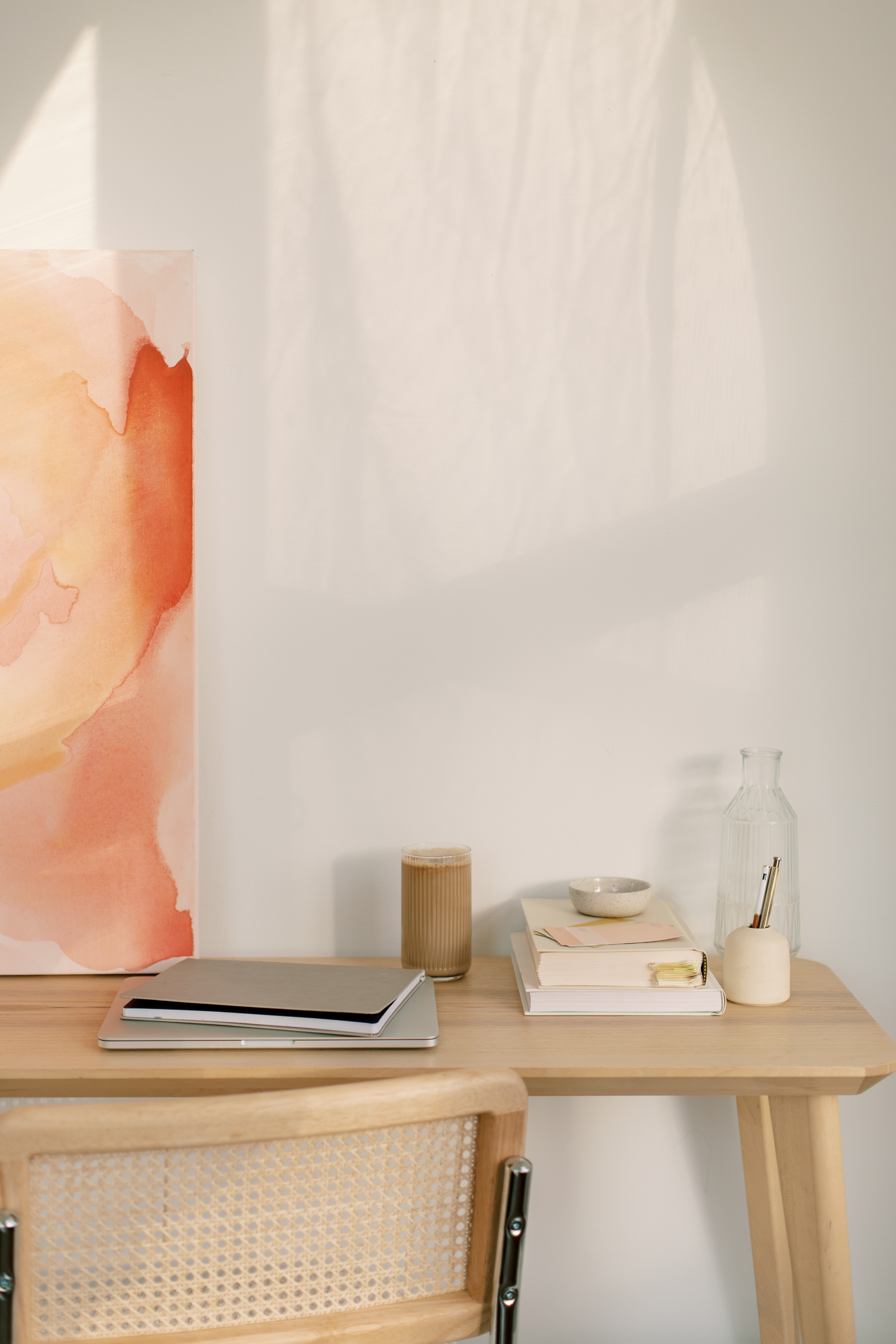
An Easy First Step
Take some pictures. Before all of your furniture is moved in and before you’ve painted any walls, snap some “before” photos. You never know if/when you’ll need them. This is especially a good idea if you are planning on having an interior designer work with you to shape your new home into everything you want it to be.
These pictures can be used in E-design layouts, help you visualize wall colors and wallpapers, and are a great way for you to see progress—no matter how small the steps are or slow the process.
Here’s What I Can Do With Those Photos
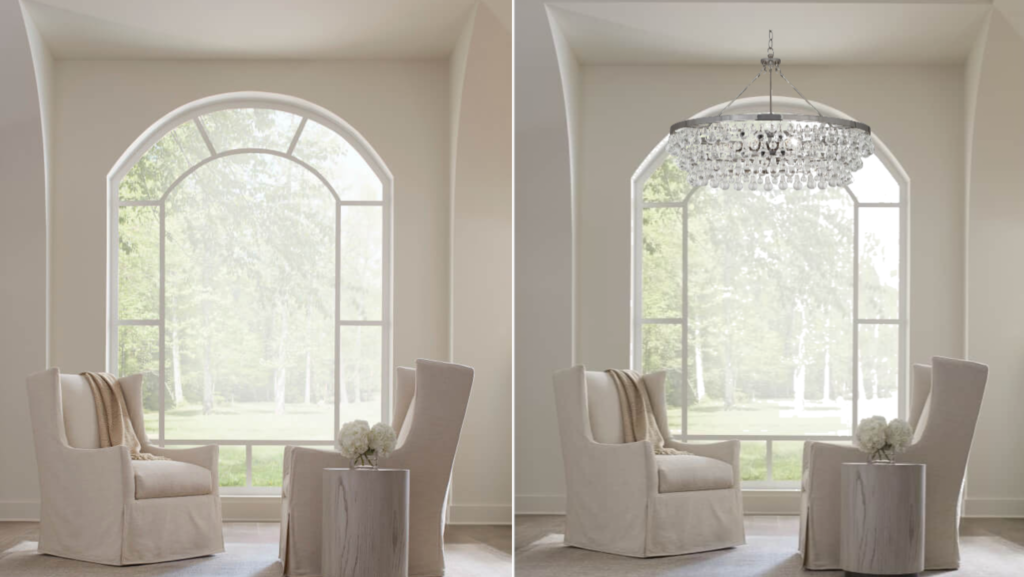
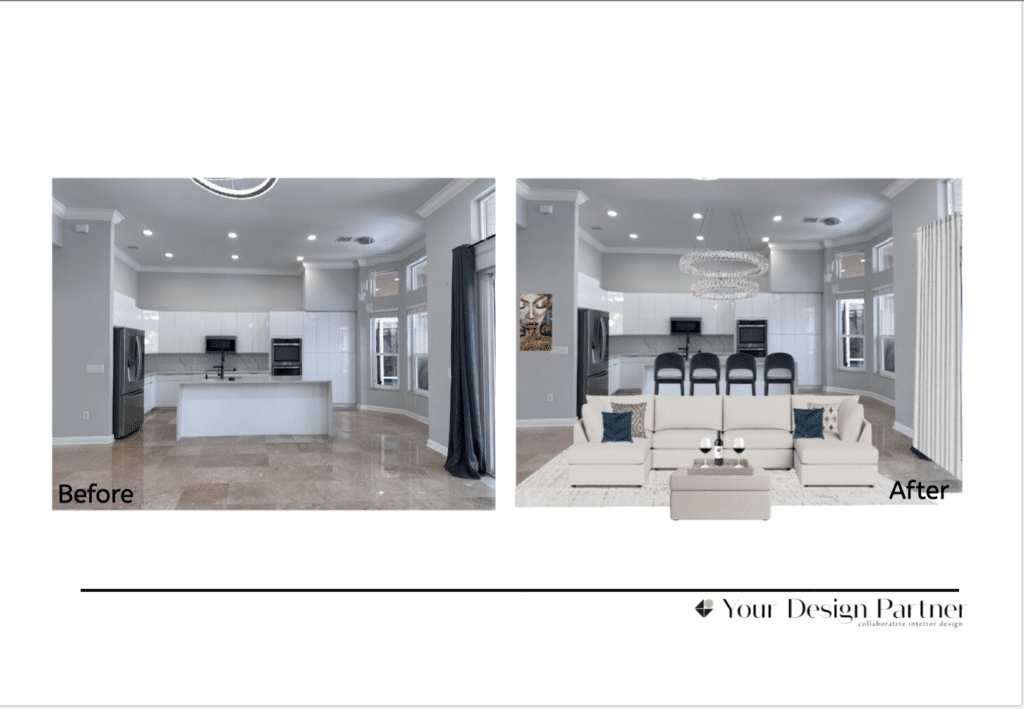
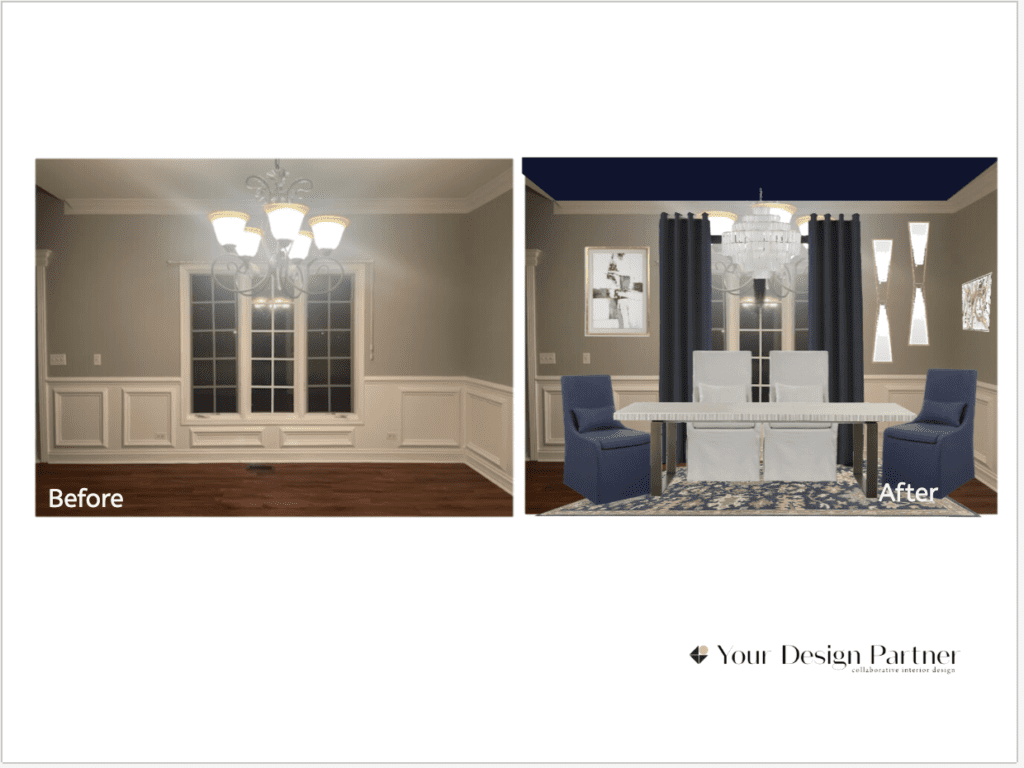
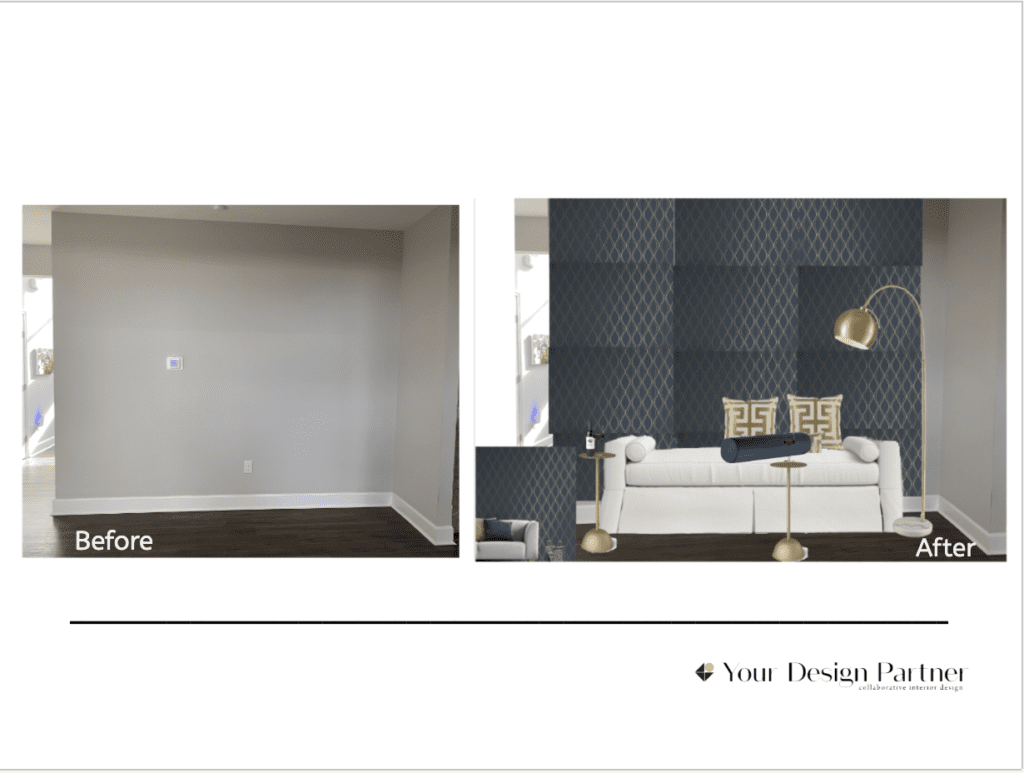
Create a Reference Book
This might seem like a bit of hassle, but it could be a time and life-saver later on. Grab a binder in your favorite color, some page protectors, and some blank paper, and fill them with everything you’ll need to know about your house and its appliances.
Here are a few things you’ll want to include:
- Insurance information
- Wifi, internet, trash service, snow removal, and HOA (if applicable) information
- Water heater, A/C, and HVAC information
- Name and information of painters, maintenance companies, electricians, and plumbers who have worked on your home
- All of the user manuals for your appliances: refrigerators, dishwashers, ovens, stovetops, etc. Along with any warranty information for those appliances
- A chart with the dates regarding: the last time the roof was replaced, how old the water heater is, last time the kitchen was updated, etc.
- Paint samples (marked with which room they are used in), wallpaper samples, switch plate brand, lightbulb brands/wattage, floor stain colors, carpeting information, and window brand and warranty information.
It might be helpful to organize this binder by room so everything is easy to flip to and find. Keeping all of this information in one spot will make life so much easier if something should go wrong, or when it comes time to remodel certain areas. Keep notes of anyone or any company that does work on the house because using professionals already familiar with the house will instill confidence in their work. Needless to say, keeping everything in one place eliminates the stress of having to hunt down tid-bits of information.
Find a Designer
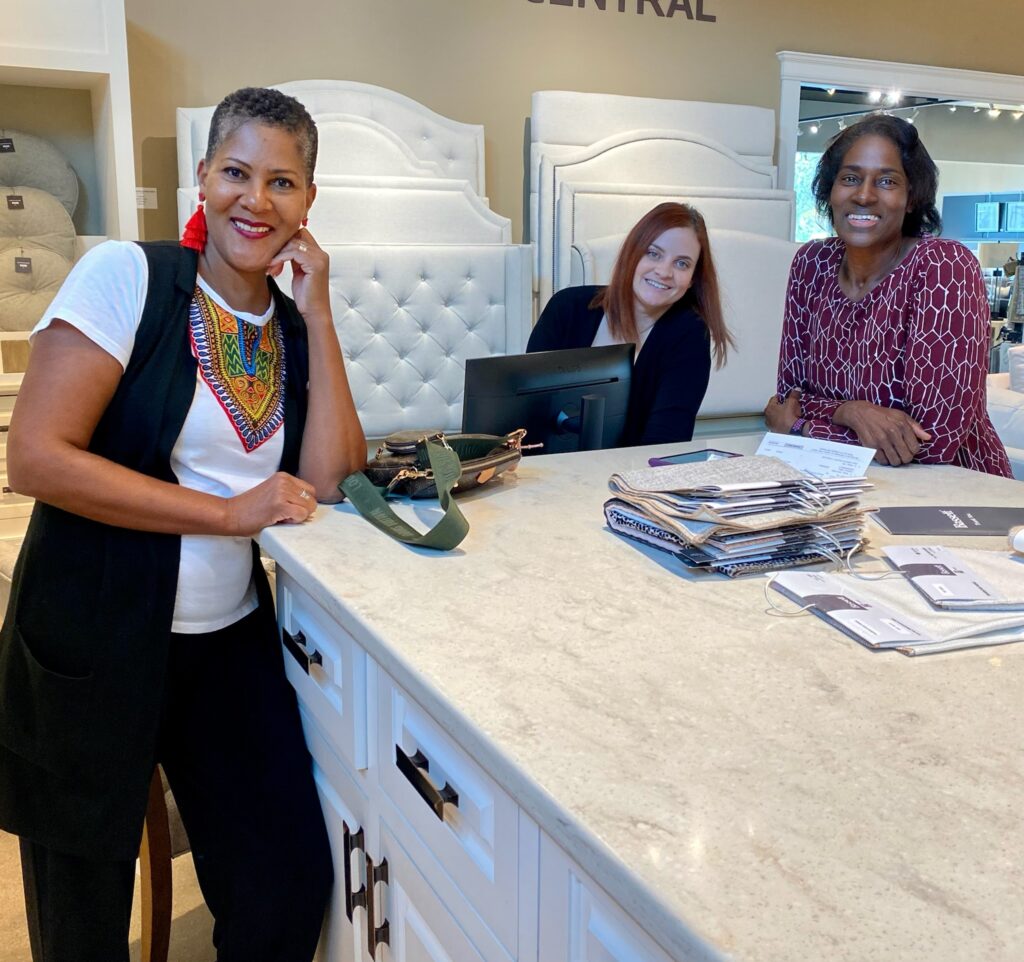
The wonderful thing about local designers is that they know local people. More importantly, they have trusted professionals who they go to that are reliable, prompt, and familiar with working with an interior designer.
Interior designers also help reduce the overwhelm of turning your empty rooms into comfortable living spaces. Even if you are styling the furniture you already have, an interior designer can guide you along the process, provide E-design mockups, shopping boards for extra items, paint suggestions, and so much more.
Unsure of how to layout your furniture? A designer can help!
Trying to find the perfect color palette for easy room transitions and flow? A designer can help!
Need window treatments, flooring options, new furniture, or upgraded lighting? A designer can help!
Everything this new house needs to become the home you feel proud of can be found through good design—and that’s exactly what interior designers make happen!


